When people discuss Southeast Asia, destinations like Thailand and Vietnam often take center stage. But tucked away like a shimmering gem waiting to be discovered is Cambodia—a land of ancient kingdoms, mystical temples, and soul-stirring landscapes. This is not just a travel destination; it’s a journey through time and culture. Whether you’re a passionate historian, a curious adventurer, or a quiet wanderer, Cambodia travel will leave you breathless in more ways than one.
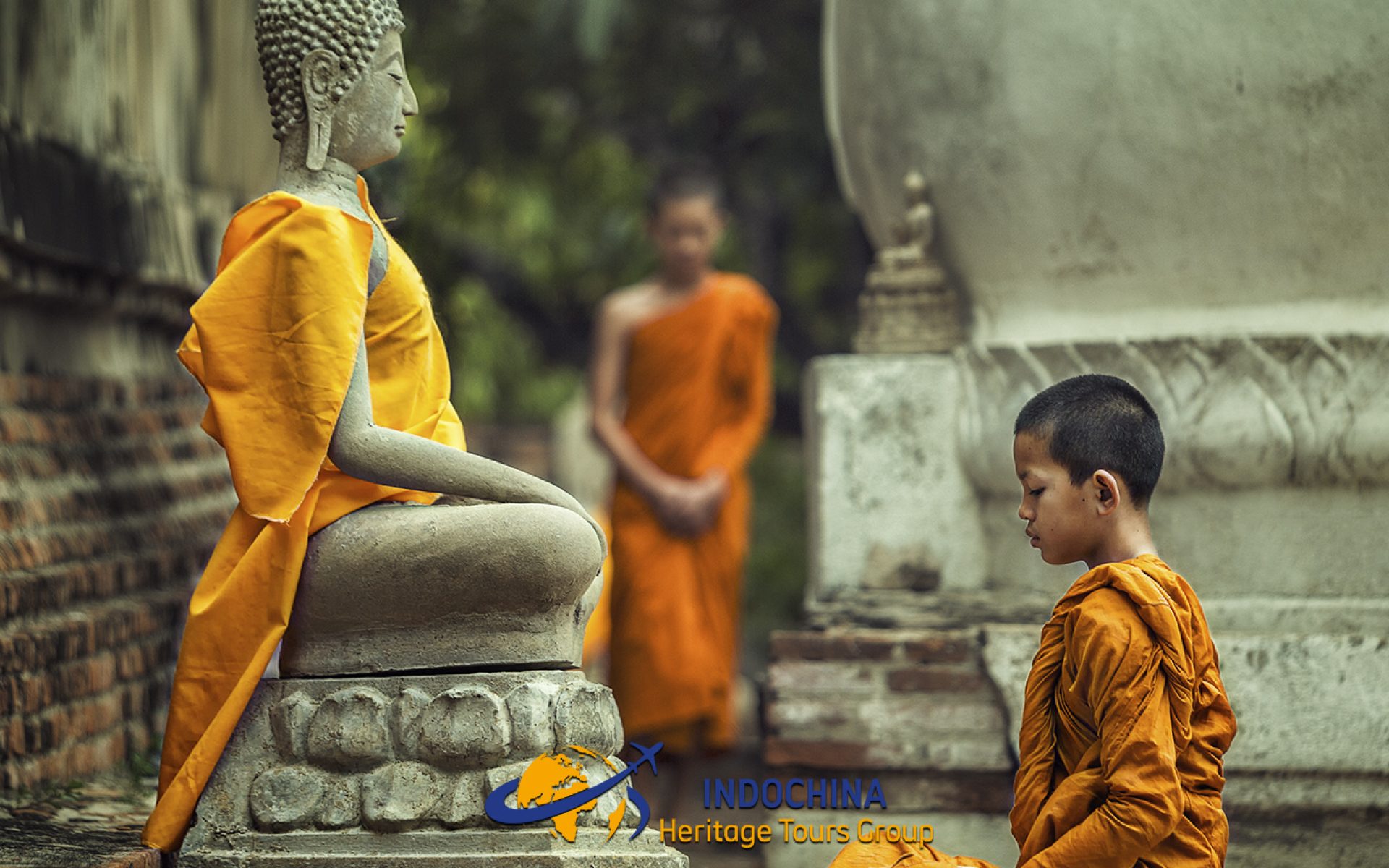
Having already explored Vietnam travel and admired its blend of nature and heritage, I was drawn to Cambodia’s heritage travel through word of mouth and a few irresistible photos of Angkor Wat. Little did I know, the country had far more than temples waiting for me. Here’s a glimpse into my journey through the Kingdom of Wonders—a nation where the spiritual, the historical, and the natural blend into something truly unforgettable.
Siem Reap – Gateway to the Ancient World
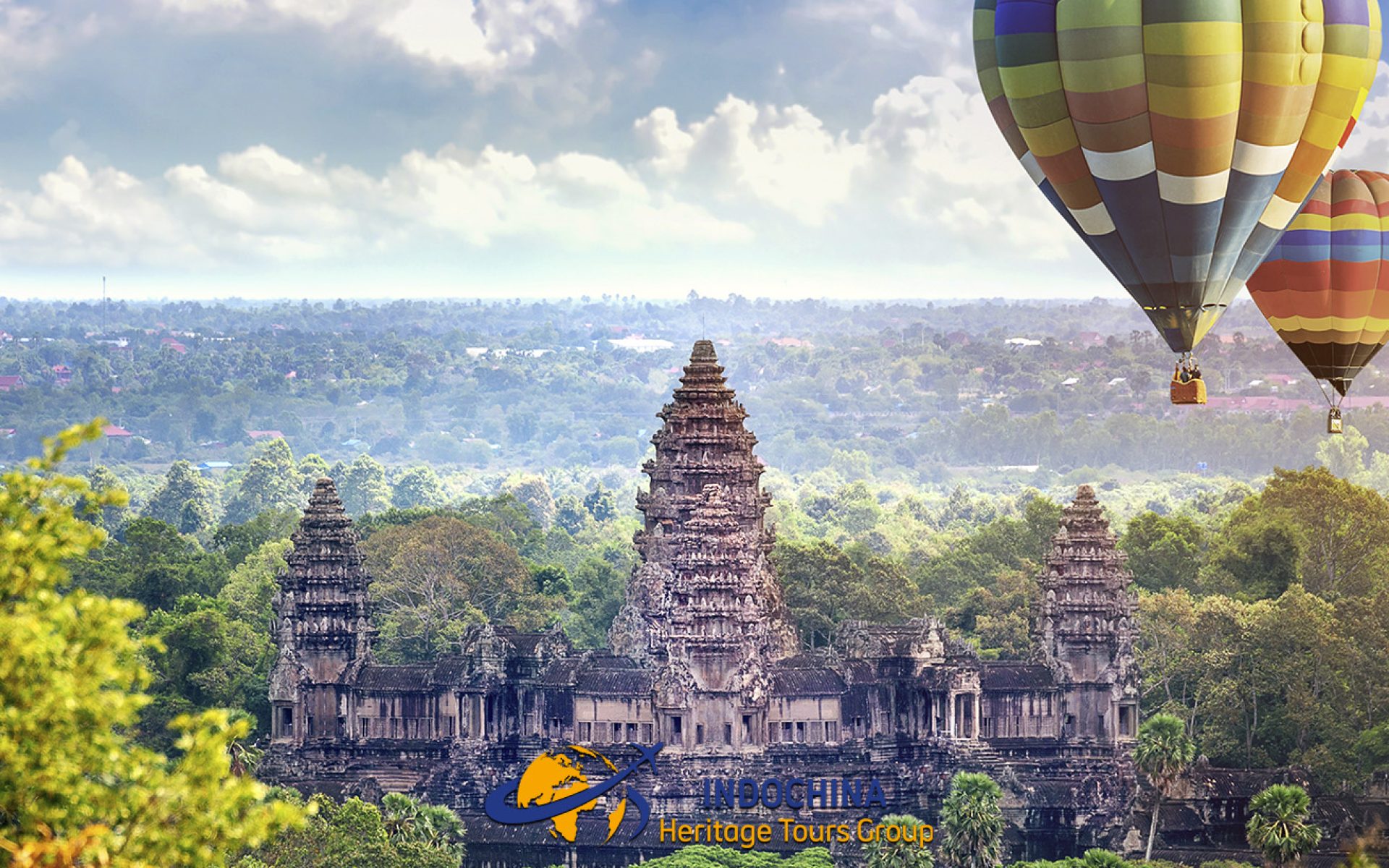
No trip to Cambodia would be complete without visiting Siem Reap, home to the Angkor Archaeological Park, one of the most stunning heritage sites in the world. Walking through the intricate corridors of Angkor Wat at sunrise, with the first light breaking over its five iconic towers, I felt like I had stepped into another realm. The sheer scale and detail of the temple complex are jaw-dropping—built in the early 12th century, it’s not only the largest religious monument in the world, but also a national symbol of pride.
Close by are Bayon Temple, famous for its giant smiling stone faces, and Ta Prohm, where tree roots have dramatically intertwined with ancient stones, made famous by the film Tomb Raider. Each site offers a different experience and deeper insight into Cambodia’s spiritual past and the greatness of the Khmer Empire. If you’re a fan of Vietnam heritage travel, these temples will strike a similar awe with their deep symbolism and artistic beauty.
Phnom Penh – The Living Heart of the Kingdom
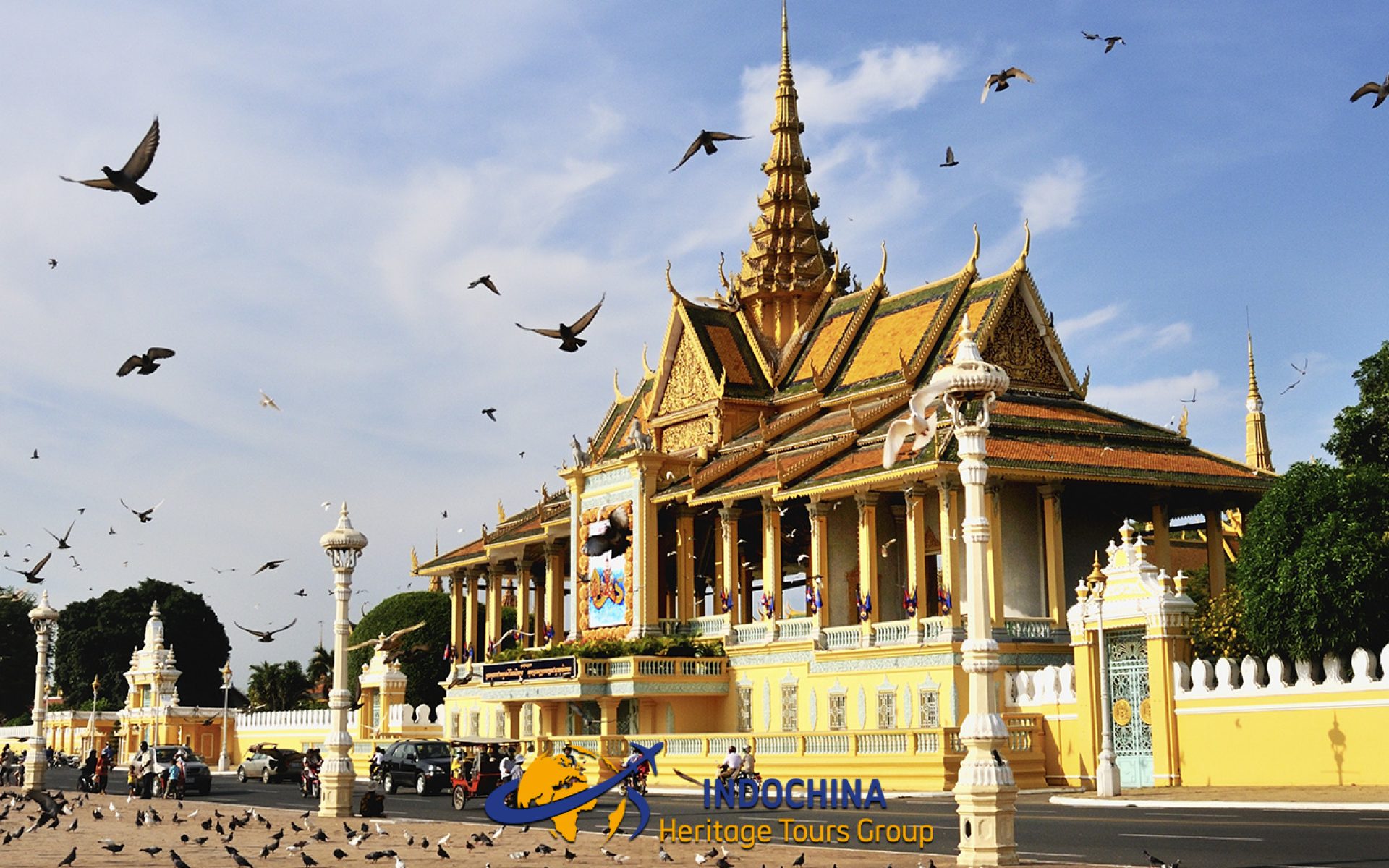
While Siem Reap connects you to Cambodia’s glorious past, Phnom Penh, the capital, introduces you to its resilience and rebirth. The Royal Palace and Silver Pagoda shimmer under the sun, standing as monuments of Cambodia’s royal heritage. Just a short walk away, the National Museum of Cambodia houses ancient sculptures and artifacts that reveal the intricate spiritual life of the Khmer people.
However, a visit to Phnom Penh is incomplete without acknowledging its painful history. Tuol Sleng Genocide Museum and the Killing Fields of Choeung Ek provide a stark, emotional reminder of the country’s dark past under the Khmer Rouge regime. It’s heavy, yes, but necessary. Understanding this chapter only deepened my respect for the Cambodian people and their unbreakable spirit.
Battambang – The Artful Soul of Cambodia
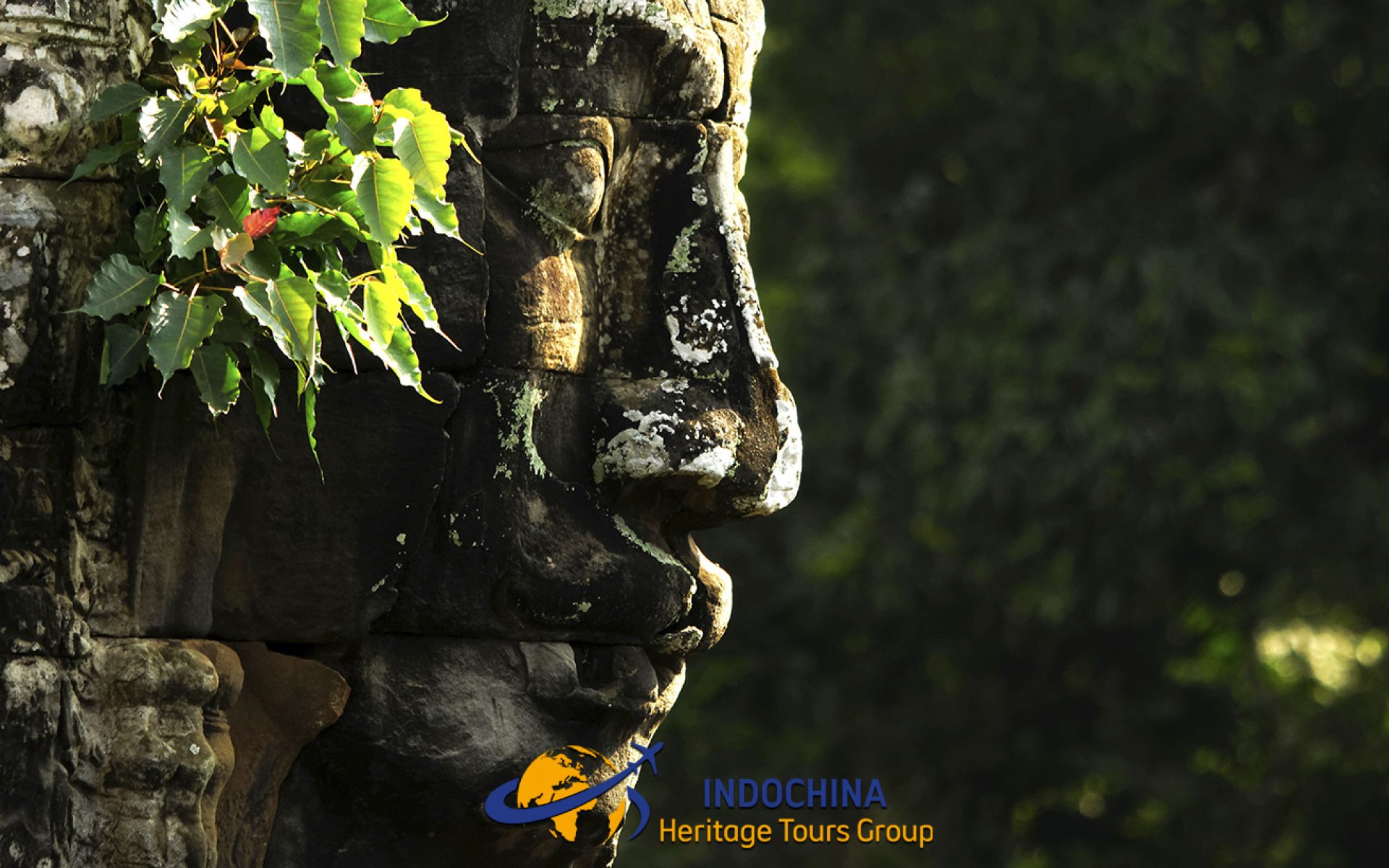
Next on my Indochina tours journey was Battambang, a charming riverside town known for its colonial architecture and thriving art scene. While it’s less touristy than Siem Reap or Phnom Penh, Battambang’s laid-back vibe and rich cultural offerings make it a must-visit for those wanting to experience Cambodia more intimately.
One of the most unique experiences was riding the Bamboo Train—a makeshift wooden cart that speeds through the countryside, powered by a small engine and the thrill of simplicity. I also explored the Phnom Sampeau caves, where local guides recounted stories of legend and loss, blending folklore with history in a way that made the journey incredibly personal.
Kampot & Kep – Coastal Calm with a Twist of Spice
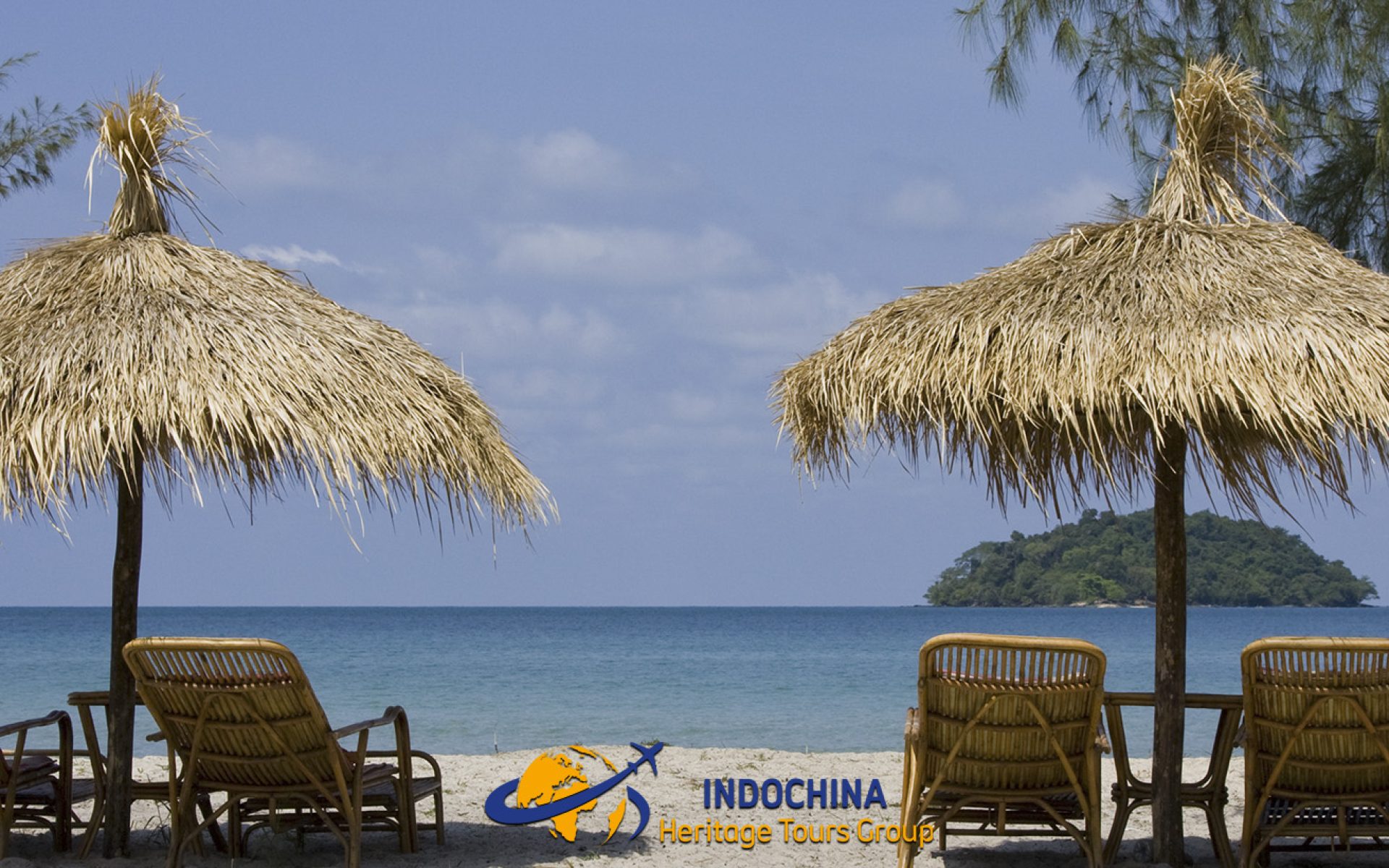
After soaking in the culture and history, I sought Cambodia’s tranquil coastal side. Kampot is renowned for its pepper plantations, considered among the best in the world. Visiting a local pepper farm, I tasted the zesty freshness right from the vine and learned how this spice has played a role in global culinary trade.
Nearby, Kep offered fresh seafood and gorgeous ocean views. The crab market, set against the backdrop of the Gulf of Thailand, served some of the best crab I’ve ever had. Pair that with a quiet hike through Kep National Park, and you’ve got a coastal escape that’s both peaceful and packed with character.
Rural Cambodia – Where the Soul Truly Lives
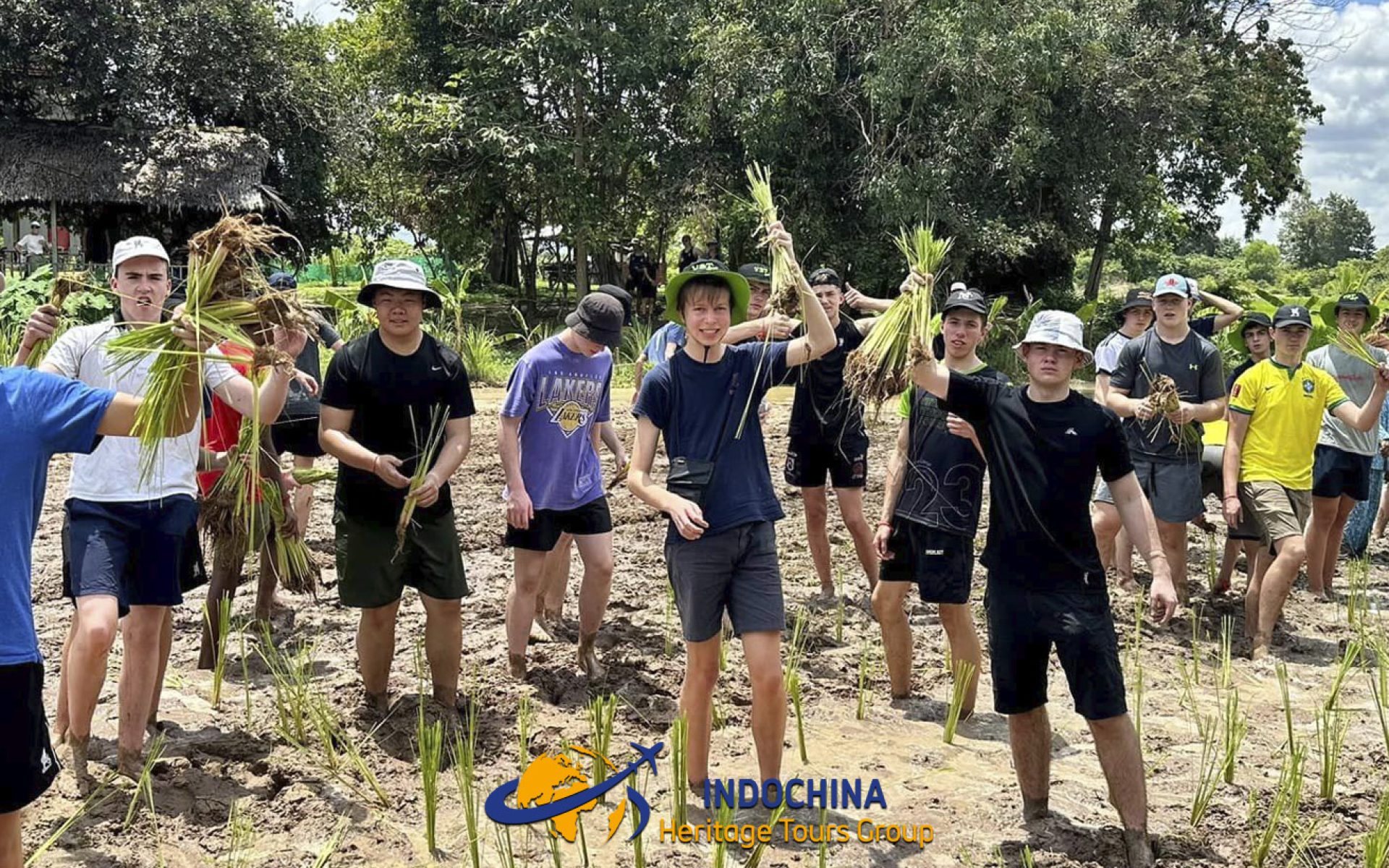
Much like certain parts of Vietnam heritage travel, rural Cambodia holds the essence of its identity. I spent a few days in a village homestay near Tonle Sap Lake, where I learned to cook traditional dishes, listened to local legends, and joined in a joyful evening of dancing with villagers.
The pace of life here is slow, but the depth of connection is deep. This is where Cambodia’s beauty truly shines—not in luxury resorts or grand monuments, but in the hearts of its people and the rhythm of their everyday life.
Reflections and Travel Tips
Traveling with Indochina Heritage Tourism was one of the best decisions I made. Their understanding of both culture and logistics made the journey smooth and immersive. Their local guides spoke fluent English (and other languages), had deep regional insights, and were genuinely passionate about their homeland. If you’re looking into Indochina heritage travel or planning Indochina tours across Vietnam, Cambodia, Laos, or Myanmar, I strongly recommend them.
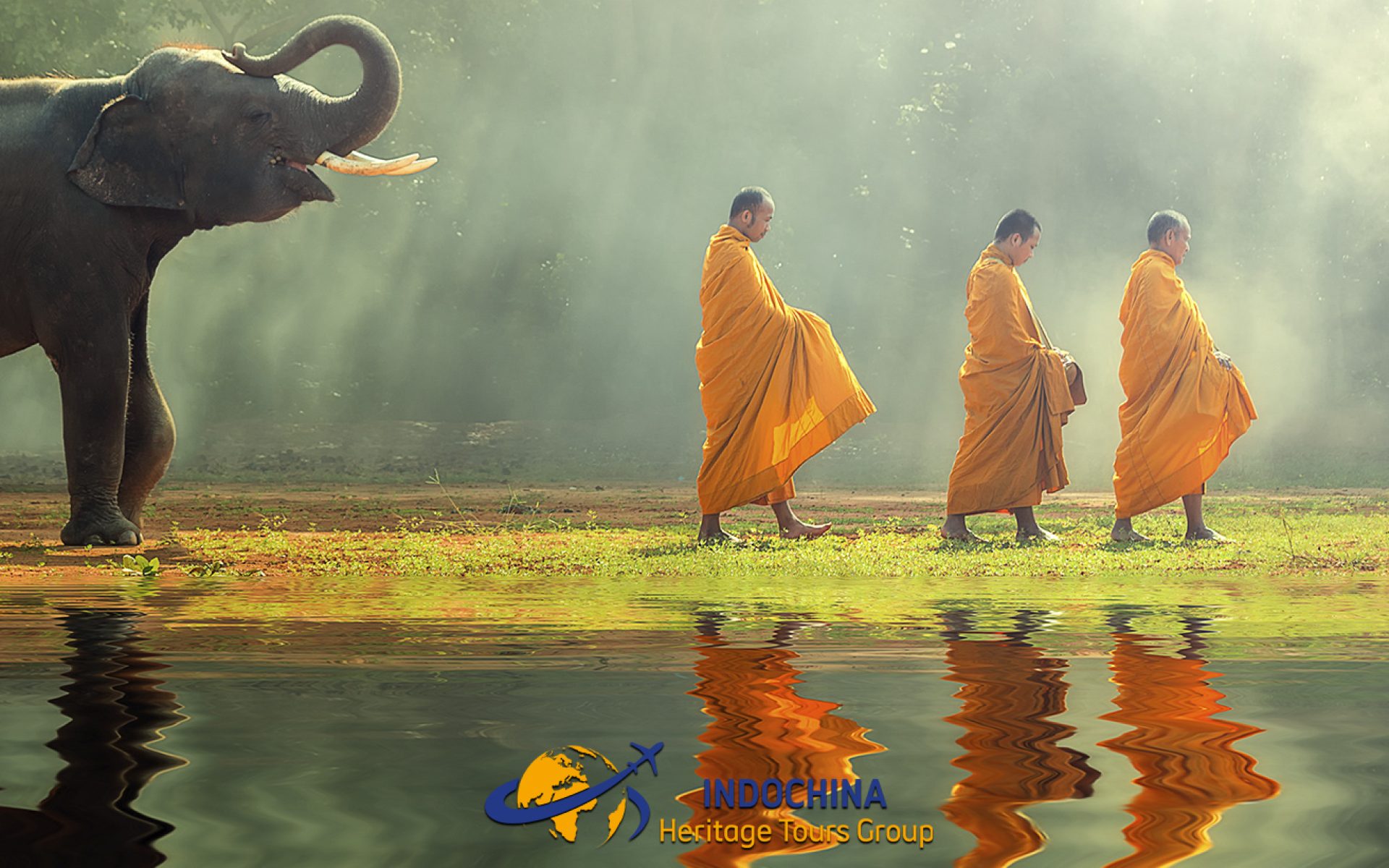
A few travel tips:
-
Visit between November and March for the best weather.
-
Respect local customs, especially at temples.
-
Don’t skip lesser-known spots like Battambang or Kampot.
-
And most importantly, take your time. Cambodia isn’t just a destination—it’s a story that unfolds slowly, beautifully.
The Kingdom Awaits
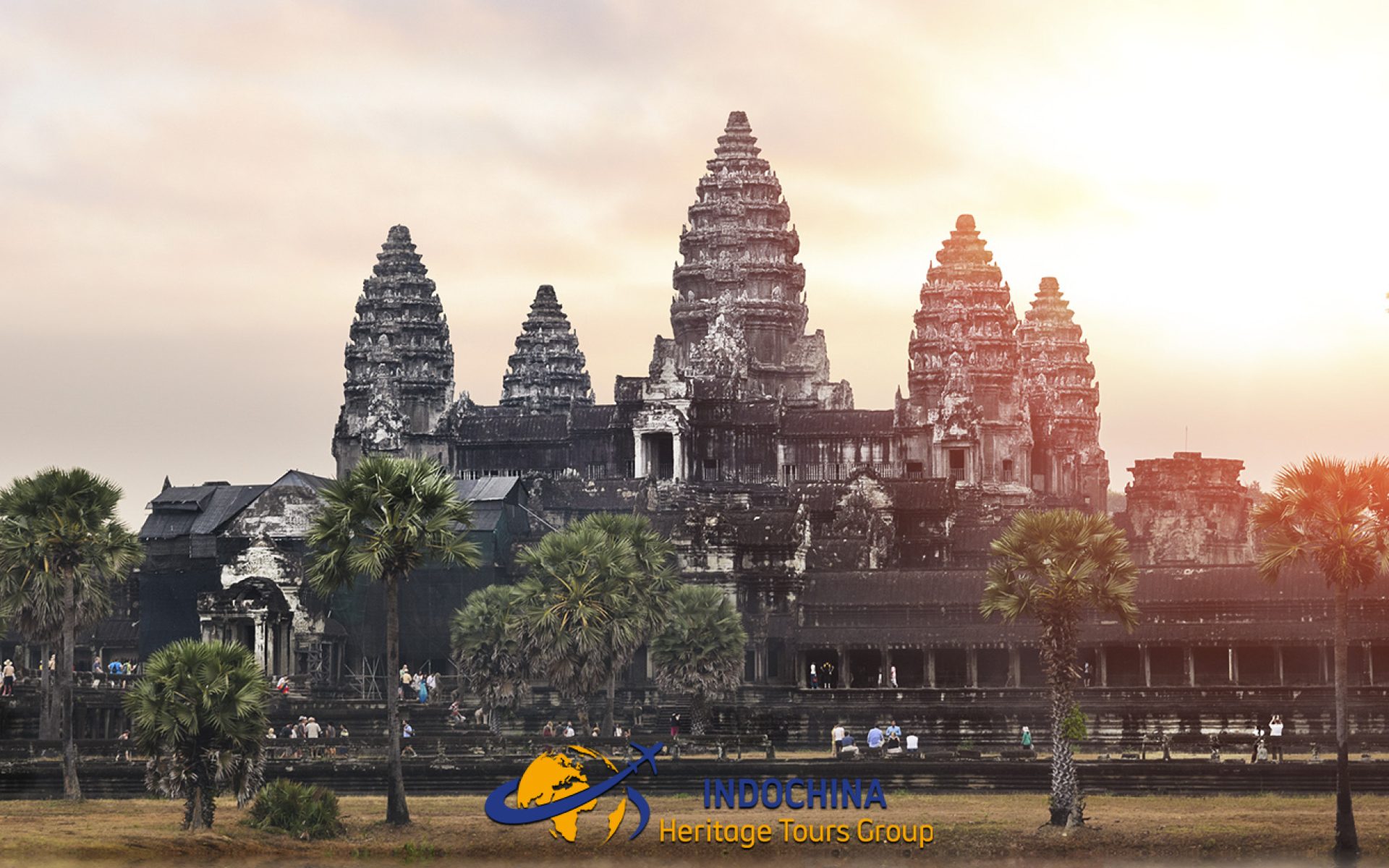
Cambodia surprised me—not just with its majestic ruins or emotional history, but with its warmth, spirit, and depth. It’s truly a Kingdom of Wonders—not the kind you read about in guidebooks, but the kind that touches your soul.
If you’ve explored Vietnam travel and are ready for your next meaningful adventure, look no further than Cambodia. With the help of trusted names like Indochina Heritage Tourism, your journey through this extraordinary land will be nothing short of magical.


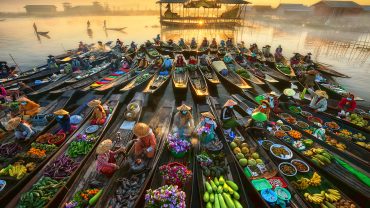
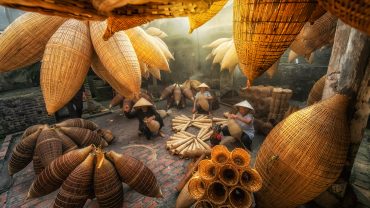
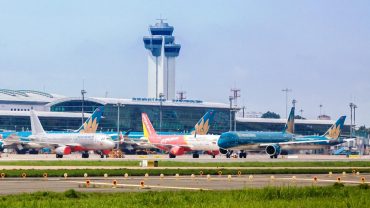
Comment (0)